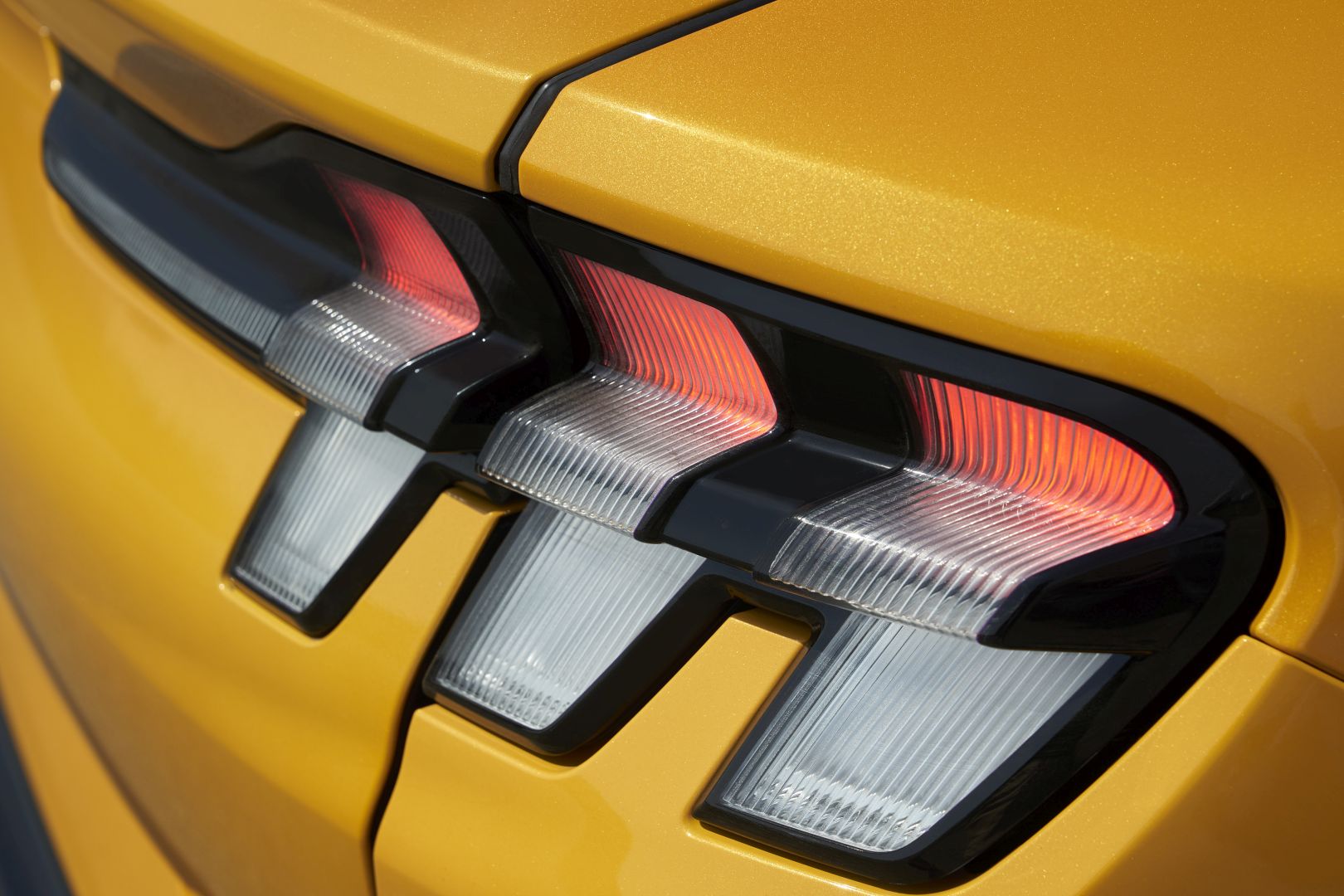Ford has engineered a remarkable transformation for the Mustang Mach-E GT. With a modest investment of less than a thousand dollars, owners can unlock a potent performance upgrade that dramatically enhances the electric SUV’s acceleration capabilities. The secret lies in a software update that injects an additional 100 pound-feet of torque into the powertrain.
This seemingly minor adjustment translates into a staggering improvement in straight-line speed, propelling the Mach-E GT from a formidable performer to an outright acceleration champion. Equipped with two electric motors generating 480 horsepower and 634 pound-feet of torque, the stock Mach-E GT already boasts impressive acceleration figures: a 3.8-second sprint from zero to sixty miles per hour and a quarter-mile time of 12.6 seconds.

However, with the performance upgrade activated, these figures are obliterated. The Mach-E GT now launches from zero to sixty in a blistering 3.3 seconds and conquers the quarter-mile in an impressive 11.8 seconds. These figures place the Mach-E GT in the company of high-performance sports cars, a testament to the effectiveness of Ford’s software wizardry.
To make this upgrade even more enticing, Ford offers buyers the flexibility to purchase it either at the time of purchase or as a later addition, ensuring that Mach-E GT owners can always experience the thrill of maximum acceleration. This performance boost, achieved without any hardware modifications, underscores the potential of software-driven enhancements in the automotive industry.
It’s a clear demonstration that electric vehicles can deliver exhilarating performance without compromising efficiency or environmental impact. The Mach-E GT, with its optional performance upgrade, stands as a prime example of how technology can raise the driving experience.
Ford’s introduction of a performance upgrade for the Mustang Mach-E GT marks a significant evolution in the electric SUV market. By offering a substantial power boost through a simple over-the-air purchase, Ford has not only challenged Tesla’s dominance in electric performance but also redefined the concept of vehicle ownership.

The ability to enhance a vehicle’s capabilities post-purchase represents a paradigm shift, allowing consumers to tailor their driving experience to their evolving needs and desires. This innovative approach, pioneered by Mercedes-Benz and now embraced by Ford, is likely to become a standard feature in the automotive industry, driving competition and innovation as automakers strive to offer increasingly personalized and dynamic driving experiences.
As the electric vehicle world continues to expand, the potential for such performance upgrades will undoubtedly play a pivotal role in shaping consumer preferences and market trends.

